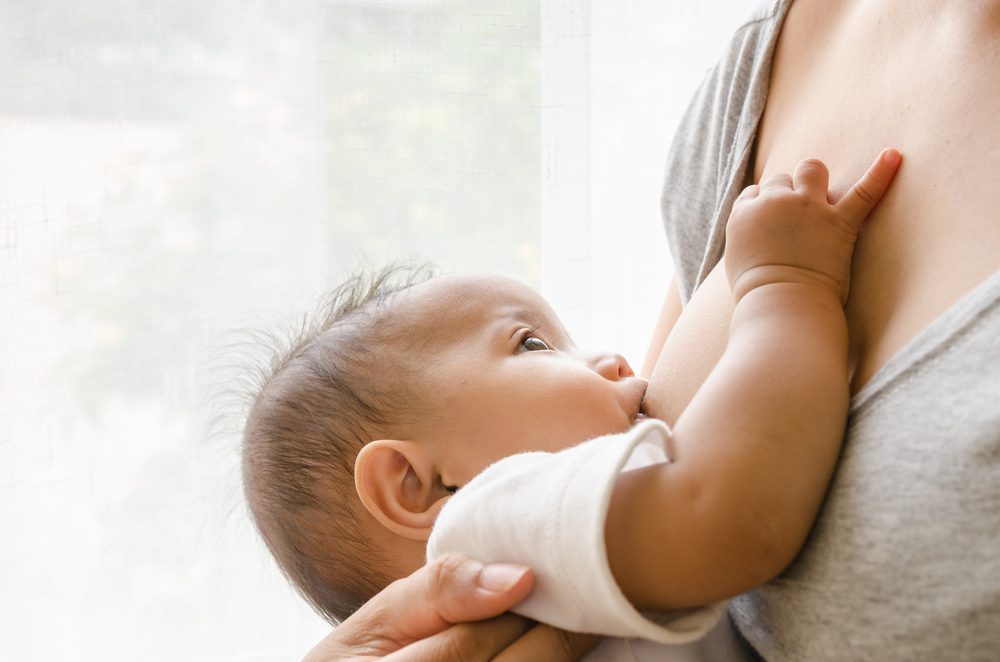
Breastfeeding isn't always super comfortable, especially in the first few weeks, but you've probably been told that it shouldn't be downright painful—and it should never make you feel physically ill, either.
If you're a breastfeeding mom experiencing severe pain or even flu-like symptoms (such as breast redness or tenderness, achiness, fatigue or fever), don't dismiss it: you could have a kind of infection called a breast abscess, which is related to—but not the same as—the more common breastfeeding infection known as mastitis.
"Mastitis is an infection in the breast tissue, but an abscess is a walled-off collection of pus in the breast," says Amelia Henning, a certified nurse midwife and lactation specialist at Massachusetts General Hospital.
So how do you get a breast abscess, and what should you do if you think you have one? Here's all the info you need.
Breast Abscess Causes
Very commonly, a breast abscess is preceded by mastitis, says Henning, though it can also result from a plugged duct that goes untreated. Either way, failing to fully empty your breasts during nursing sessions can lead to the clogged ducts that may ultimately cause infection.
Breast Abscess Treatments
Most women will have trouble telling the difference between mastitis and an abscess by themselves, so it's important to see your provider if you suspect you have any kind of infection. An abscess requires medical treatment and can't be remedied at home.
"An abscess often—though not always—needs to be drained, and women are commonly put on antibiotics," says Henning, who adds that additional drainage through a tube inserted into the breast may be needed as well.
Your healthcare provider may recommend OTC pain relievers to reduce pain and inflammation, but otherwise, one of the best treatments for an abscess is to continue emptying your breast by nursing your baby (or pumping).
"The recommendation is that you should continue breastfeeding unless otherwise directed by your healthcare provider," says Natasha Chinn, FACOG, M.D., an OBGYN practicing in New Jersey. "Most antibiotics commonly used in the treatment of mastitis are safe for breastfeeding, and continuing to breastfeed can prevent further episodes of clogged ducts during that treatment period."
Breast Abscess Risk Factors
Henning says that women who have had mastitis or breast abscesses in the past are at a higher risk for developing an abscess. Dr. Chinn adds that smoking, immunocompromised conditions like diabetes, and other autoimmune diseases are also risk factors.
Breast Abscess Prevention
Since abscesses are likely to develop when breasts are not being emptied enough, frequent breastfeeding is the best way to prevent them.
"Nursing frequently can prevent mastitis and the plugged ducts that can lead to abscesses," says Henning. "If you have a newborn, that means nursing every 1 to 3 hours—or 8 or more times in a 24-hour period."

